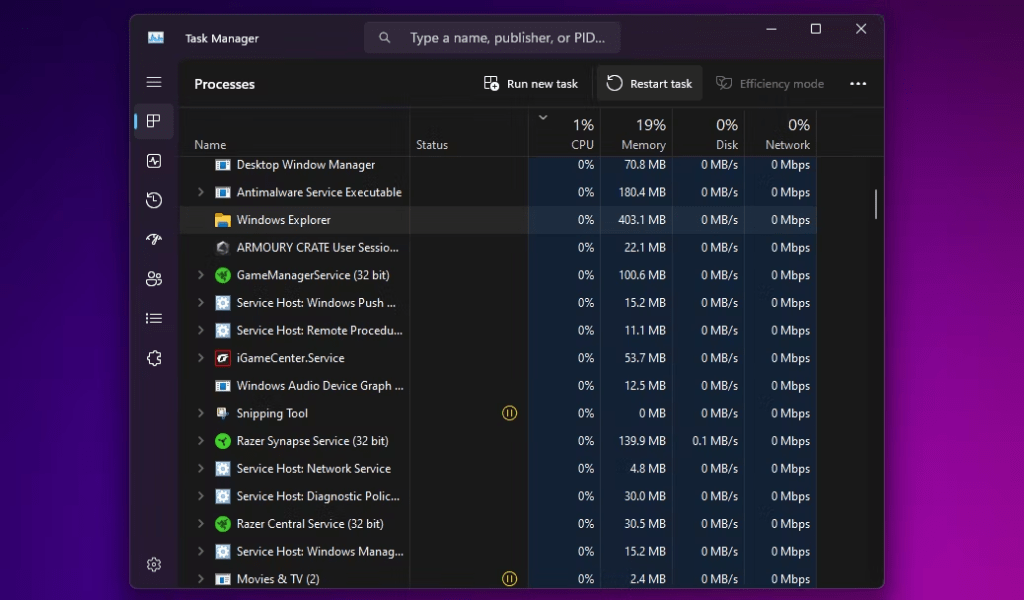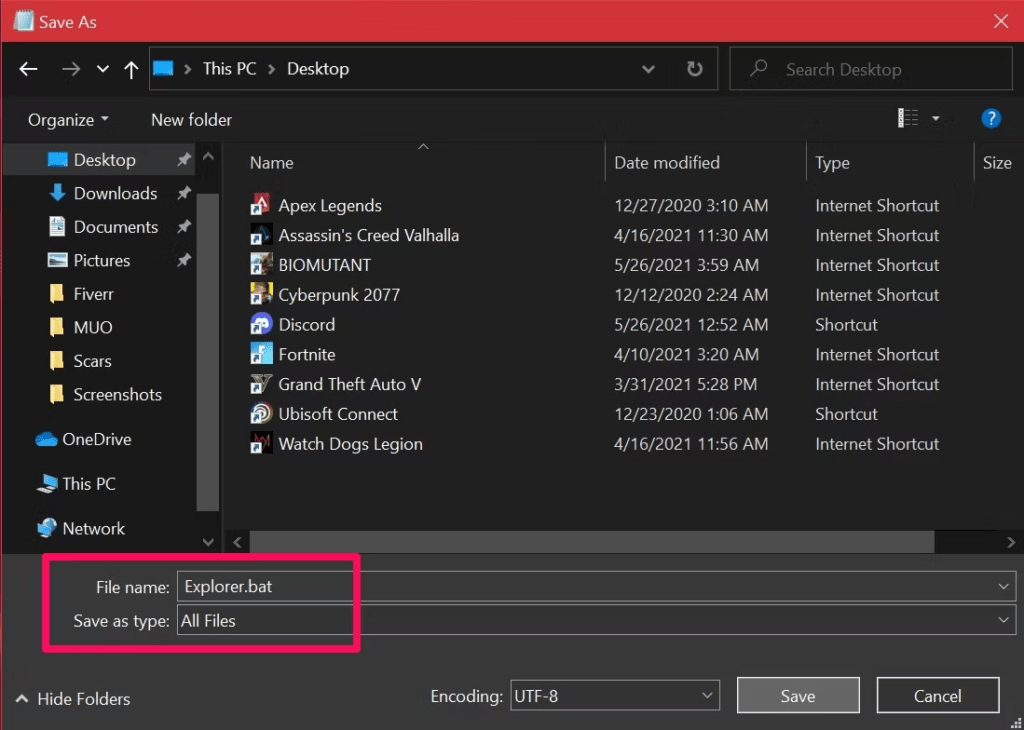
File Explorer is a central part of Windows that lets you navigate your files and folders. But what should you do if File Explorer is having problems and is freezing, unresponsive or showing errors? In this case, a A simple restart can often fix the problem . Here are four easy methods restart File Explorer to Windows 10 and 11 .
What is File Explorer in Windows?
File Explorer, formerly known as My PC Windows application that allows you to view and manage your files and folders . It allows you to perform actions such as copying, moving, deleting, renaming and organizing your files. File Explorer is also integrated with other Windows , such as the taskbar and Start menu.
Restart File Explorer using Task Manager
Task Manager is a powerful tool that allows you to manage the processes running on your computer. You can use it to restart File Explorer by following these steps:
Step 1: Open Task Manager. Ctrl + Shift + Esc keys or by right-clicking on the taskbar and selecting ” Task manager .
Step 2: Click the Processes tab.
Step 3: Find the “ Windows ” processing, process. It may appear under the name ” explorer.exe “.
Step 4: Windows process Explorer. and click the “Restart” button at the bottom of the window.

Task Manager will close and restart File Explorer. This should resolve most issues with the app.
Quit Explorer and restart it manually (Windows 10 only)
If you’re using Windows 10, you can exit File Explorer and restart it manually. This method is slightly more technical than the Task Manager method, but it can be useful if Task Manager is not responding.

Step 1: Tap Ctrl + Shift + Esc to open Task Manager.
Step 2: Click on the “Processes” tab.
Step 3: Find the “ Windows ” processing, process. It may appear under the name ” explorer.exe “.

Step 4: Windows process Explorer. and click the End Task button at the bottom of the window.
File Explorer will close. open File Explorer by pressing Windows + E.
Restart Windows Explorer manually using the command prompt
Command Prompt is a powerful tool that allows you to run commands and scripts on your computer. You can use it to restart File Explorer by following these steps:
Step 1: Open the command prompt. Windows + R keys, typing cmd in the search box and press Enter .
Step 2: Type the following command in the command prompt and press Enter :
taskkill /f /im explorer.exe
This command will force close File Explorer.
Step 3: To restart File Explorer, type the following command in the command prompt and press Enter :
start explorer.exe

File Explorer will restart.
Use a batch file to restart File Explorer in Windows
A batch file is a text file that contains a series of commands that are executed one after the other. You can create a batch file to restart File Explorer by following these steps:
Step 1: Open a text editor, such as Notepad.
Step 2: Type the following code into your text editor:
@echo off taskkill /f /im explorer.exe start explorer.exe
Step 3: Save the file with a name like “restart_explorer.bat”. Make sure you select “All files ( *.* Save as type drop-down list before saving the file.

Step 4: Double-click the batch file to restart File Explorer.
Note: This method requires administrator rights to work.
conclusion
By following any of the methods described above, you should be able to restart File Explorer and resolve most of the issues you’re experiencing. If you still have problems after restart File Explorer, you may need to reboot your computer or look for additional solutions depending on the specific error you are facing, such as error code 0x8007000d !
